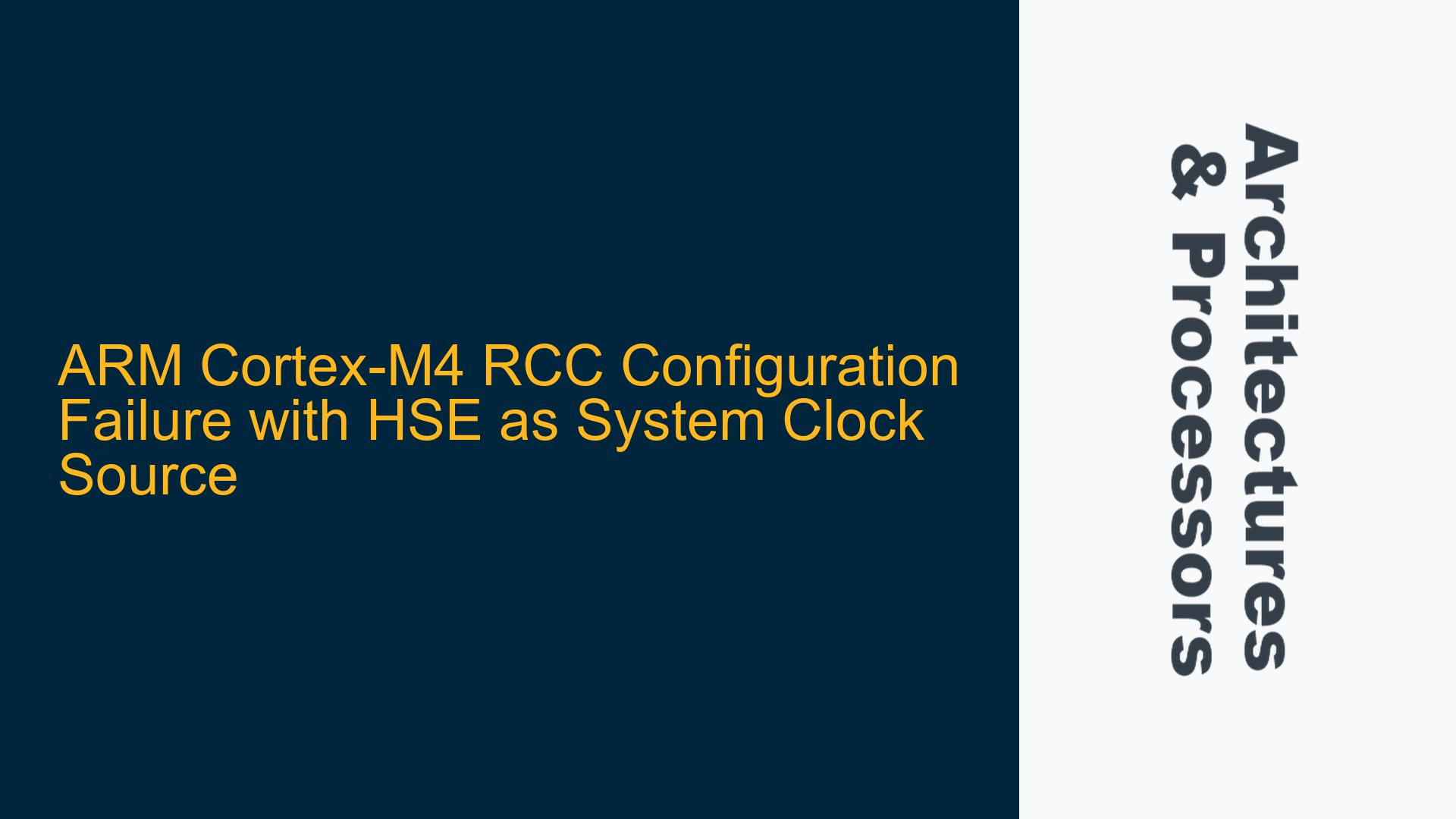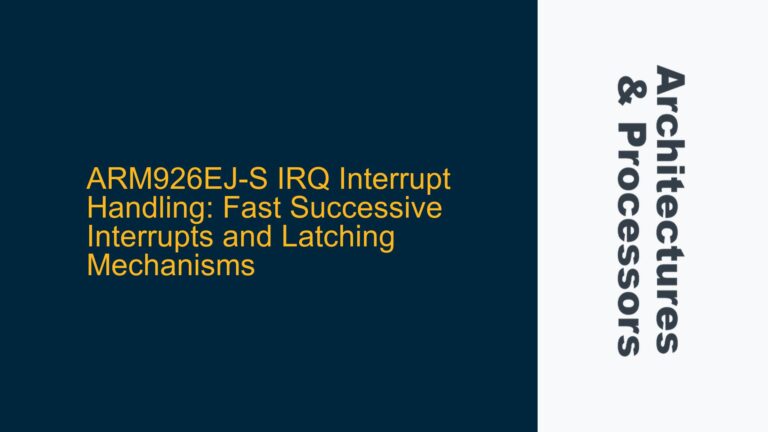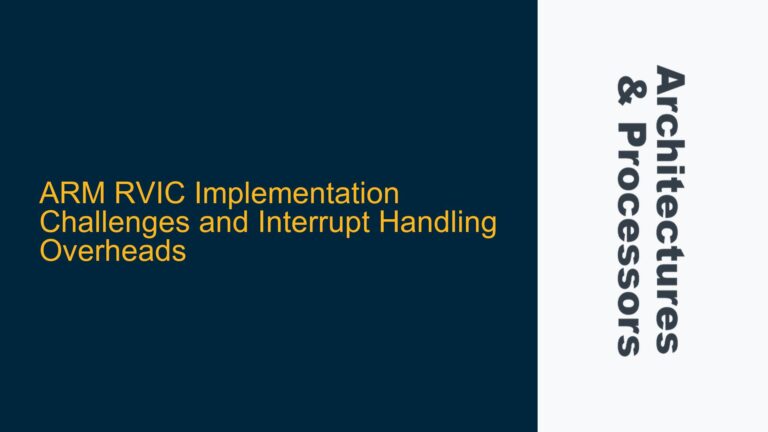HSE Clock Source Configuration Failure in STM32F429ZI
The issue at hand revolves around the failure to configure the Reset and Clock Control (RCC) peripheral on the STM32F429ZI microcontroller when using the High-Speed External (HSE) oscillator as the system clock source. The user has attempted to set up the RCC according to the clock tree configuration, but the system fails to operate as expected. Specifically, the user is working with Timer 1 in polling mode to toggle an LED every 10 seconds. When using the internal RC oscillator (HSI) at 16 MHz, the LED toggles correctly, indicating that the timer configuration is functional. However, when switching to the HSE as the clock source, the LED remains constantly on, suggesting that the RCC configuration is not being applied correctly.
The STM32F429ZI microcontroller relies on the RCC peripheral to manage the clock sources and their distribution throughout the system. The HSE oscillator is typically used to provide a more accurate and stable clock source compared to the internal RC oscillator. The failure to configure the RCC with the HSE as the system clock source can lead to incorrect timing, peripheral malfunctions, and overall system instability.
Potential Causes of HSE Clock Source Configuration Failure
Several factors could contribute to the failure of the HSE clock source configuration in the STM32F429ZI microcontroller. These include incorrect HSE oscillator startup time, improper RCC register configuration, hardware issues with the external crystal or oscillator, and missing or incorrect clock source switching procedures.
The HSE oscillator requires a specific startup time before it can be used as the system clock source. If the startup time is not properly accounted for, the microcontroller may attempt to switch to the HSE before it is stable, leading to a failure in the clock configuration. Additionally, the RCC registers must be configured correctly to enable the HSE, set the appropriate prescalers, and switch the system clock source. Any misconfiguration in these registers can prevent the HSE from being used as the system clock.
Hardware issues, such as an improperly connected or faulty external crystal or oscillator, can also prevent the HSE from functioning correctly. The external crystal must be within the specified frequency range and connected according to the microcontroller’s datasheet. Finally, the procedure for switching the system clock source from the HSI to the HSE must be followed precisely, including the use of the appropriate status flags to ensure the switch is successful.
Detailed Troubleshooting and Resolution Steps for HSE Configuration
To resolve the issue of the HSE clock source configuration failure, a systematic approach must be taken to verify and correct the configuration. The following steps outline the process for troubleshooting and resolving the issue:
-
Verify HSE Oscillator Hardware Configuration:
Ensure that the external crystal or oscillator connected to the HSE pins of the STM32F429ZI is within the specified frequency range and is properly connected according to the microcontroller’s datasheet. Check for any soldering issues or incorrect component values that could affect the oscillator’s performance. -
Check HSE Oscillator Startup Time:
The HSE oscillator requires a specific startup time before it can be used as the system clock source. Refer to the STM32F429ZI datasheet for the recommended startup time and ensure that the microcontroller waits for this duration before attempting to switch to the HSE. This can be done by polling the RCC status register to check if the HSE is ready. -
Configure RCC Registers Correctly:
The RCC registers must be configured correctly to enable the HSE, set the appropriate prescalers, and switch the system clock source. The following steps outline the correct configuration procedure:- Enable the HSE by setting the HSEON bit in the RCC_CR register.
- Wait for the HSERDY bit in the RCC_CR register to be set, indicating that the HSE is stable and ready.
- Configure the PLL if needed by setting the PLL source to HSE and configuring the PLL multipliers and dividers in the RCC_PLLCFGR register.
- Enable the PLL by setting the PLLON bit in the RCC_CR register.
- Wait for the PLLRDY bit in the RCC_CR register to be set, indicating that the PLL is locked and ready.
- Configure the system clock source to HSE or PLL by setting the appropriate bits in the RCC_CFGR register.
- Wait for the SWS bits in the RCC_CFGR register to indicate that the switch to the new clock source is complete.
-
Verify Clock Source Switching:
After configuring the RCC registers, verify that the system clock source has been successfully switched to the HSE. This can be done by checking the SWS bits in the RCC_CFGR register. If the switch is not successful, recheck the RCC configuration and ensure that all steps were followed correctly. -
Debugging and Testing:
Use a debugger to step through the RCC configuration code and verify that each step is executed as expected. Check the values of the RCC registers at each stage to ensure they are set correctly. Additionally, use an oscilloscope to measure the clock signals on the HSE pins and verify that the external crystal or oscillator is functioning correctly. -
Check for Errata and Known Issues:
Refer to the STM32F429ZI errata sheet for any known issues related to the HSE oscillator or RCC configuration. If any issues are identified, follow the recommended workarounds provided by STMicroelectronics.
By following these steps, the issue of the HSE clock source configuration failure in the STM32F429ZI microcontroller can be systematically identified and resolved. Ensuring that the HSE oscillator is properly configured and stable, the RCC registers are correctly set, and the clock source switching procedure is followed precisely will result in a successful configuration and reliable system operation.
Conclusion
The failure to configure the RCC peripheral with the HSE as the system clock source in the STM32F429ZI microcontroller can be attributed to several factors, including incorrect HSE oscillator startup time, improper RCC register configuration, hardware issues, and missing or incorrect clock source switching procedures. By systematically verifying and correcting each of these potential issues, the HSE can be successfully configured as the system clock source, ensuring accurate and stable operation of the microcontroller and its peripherals.






